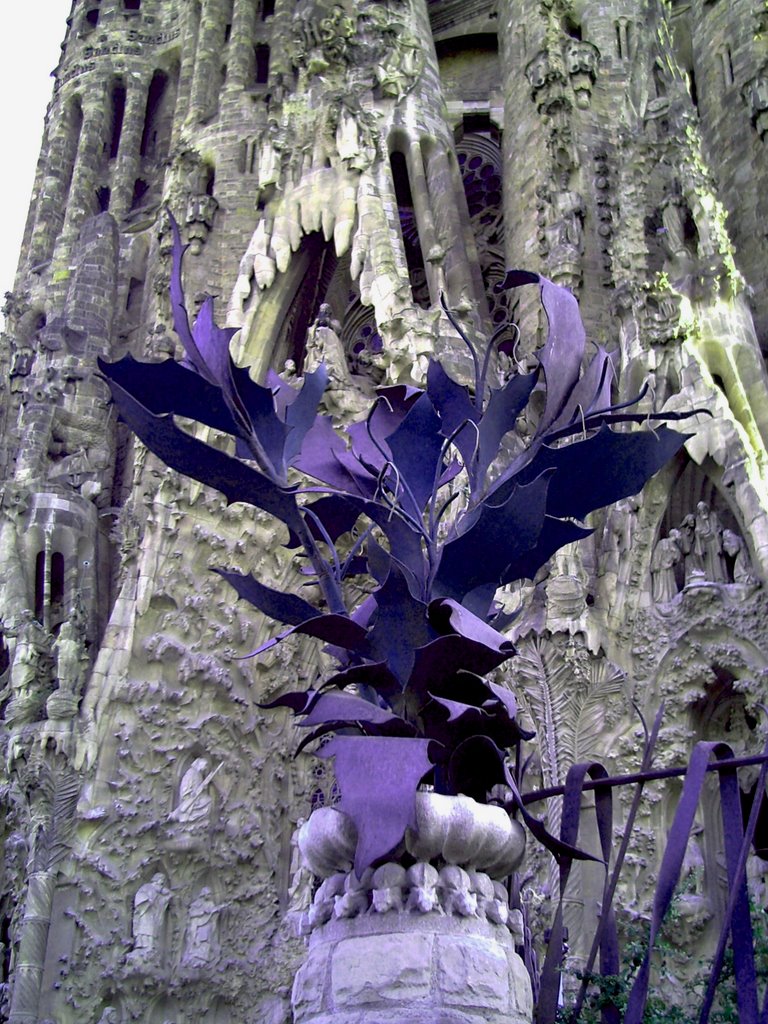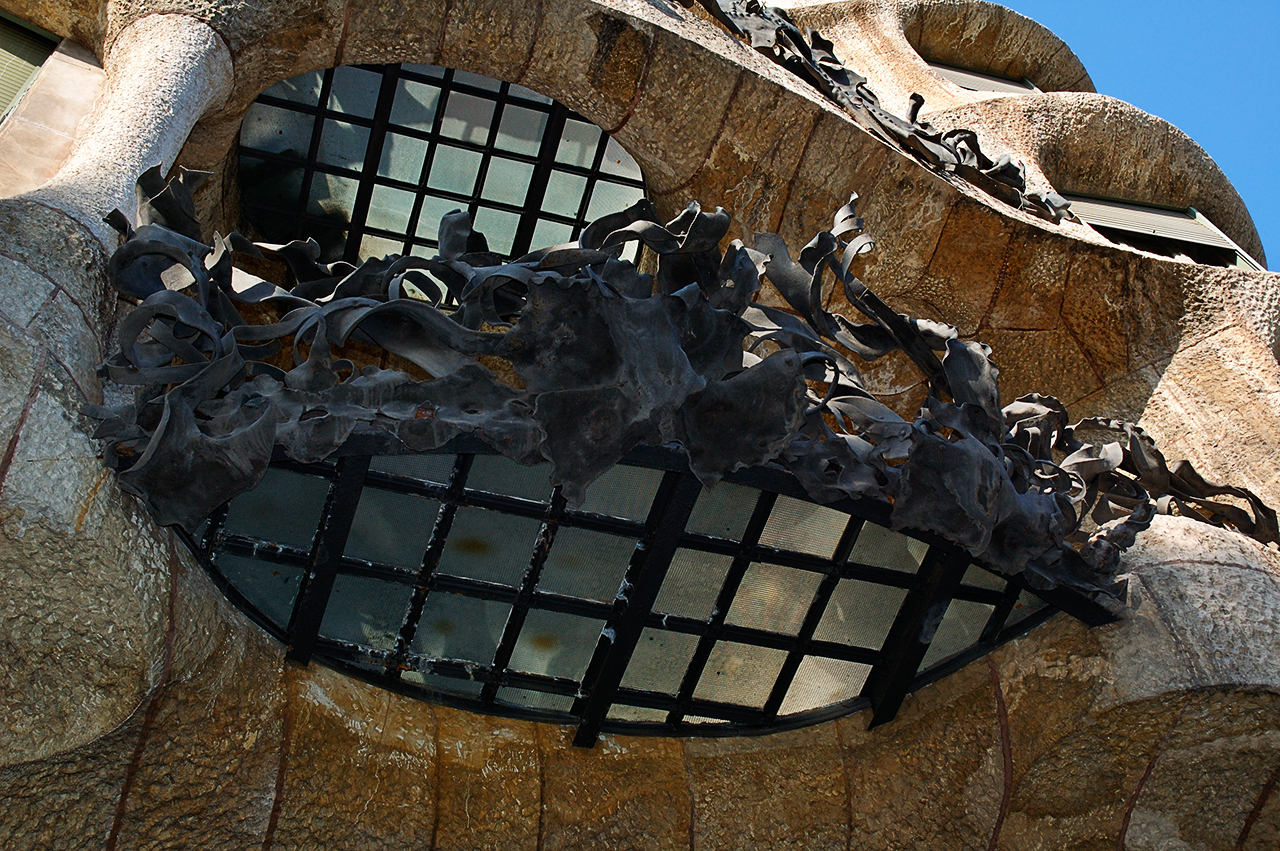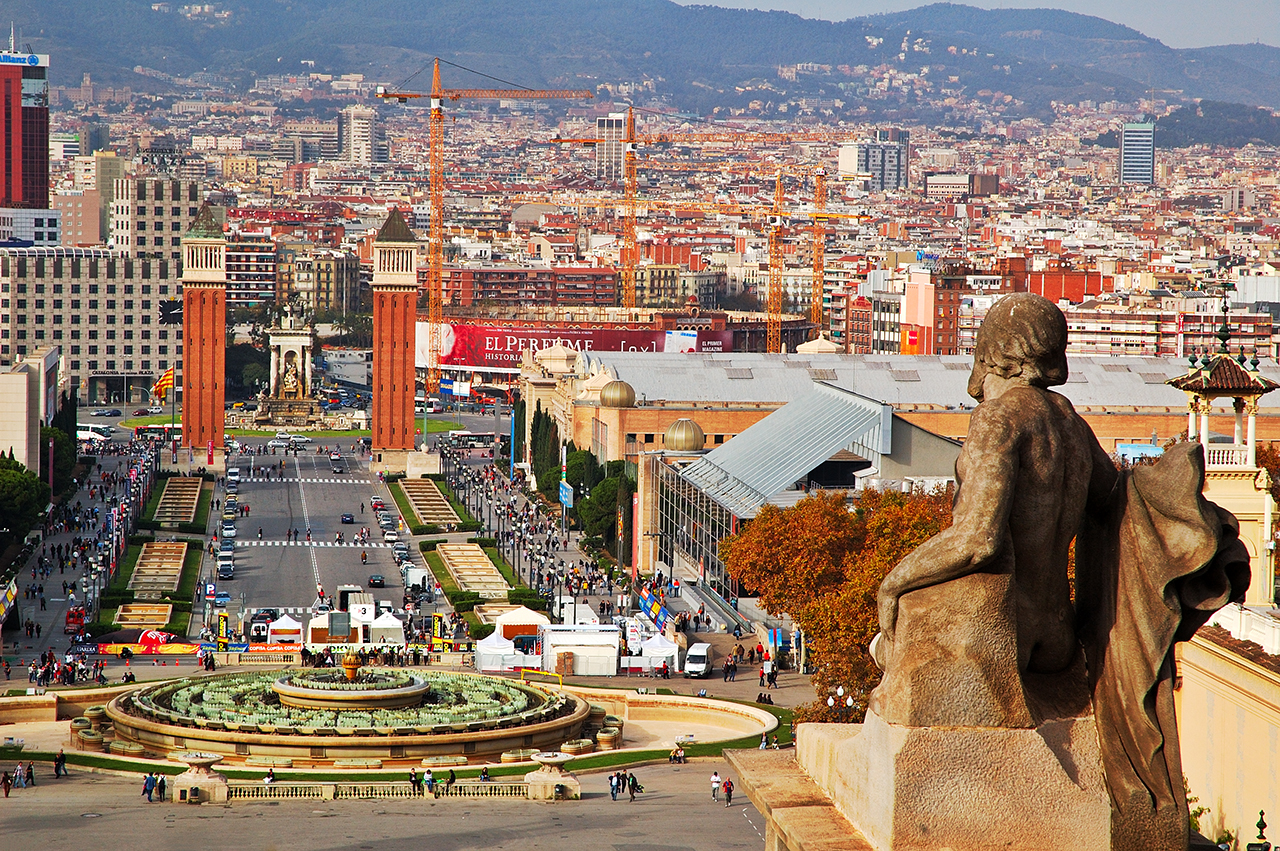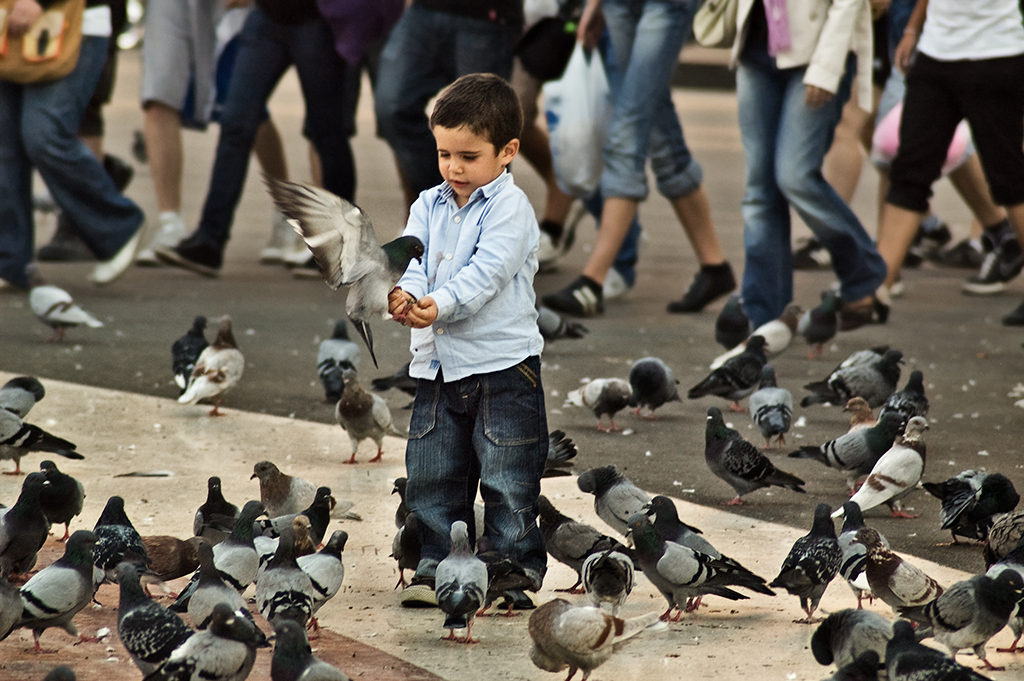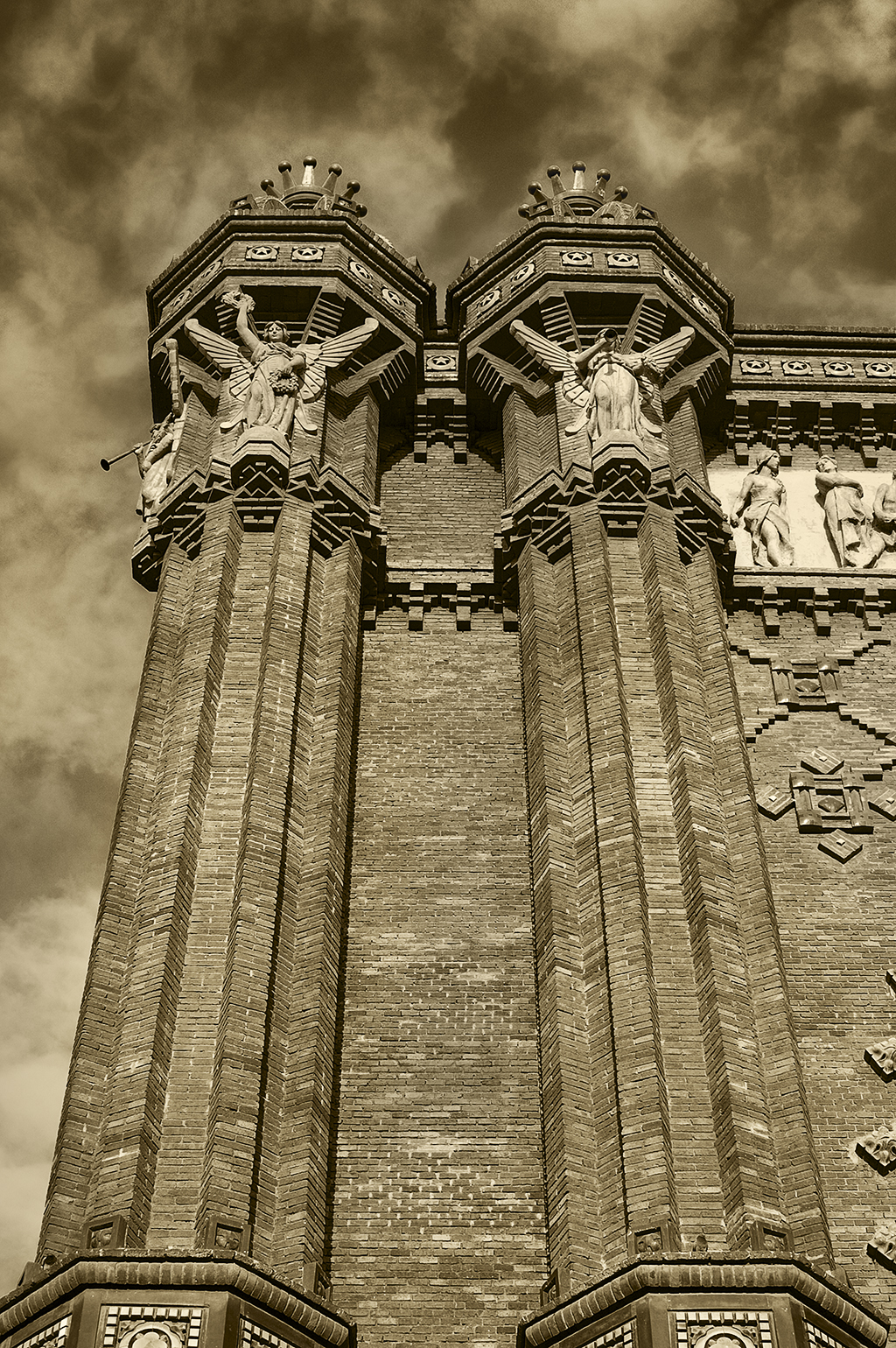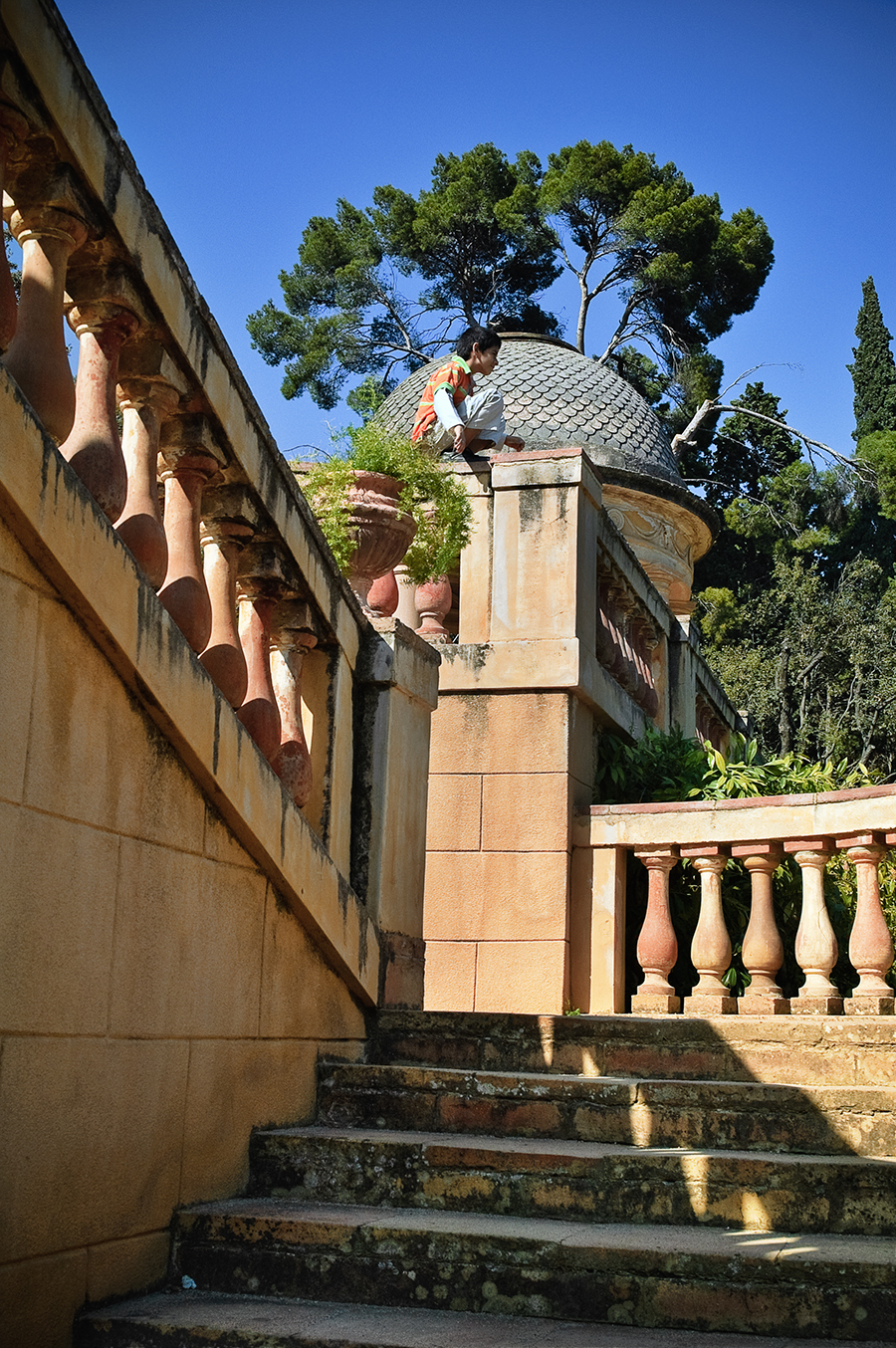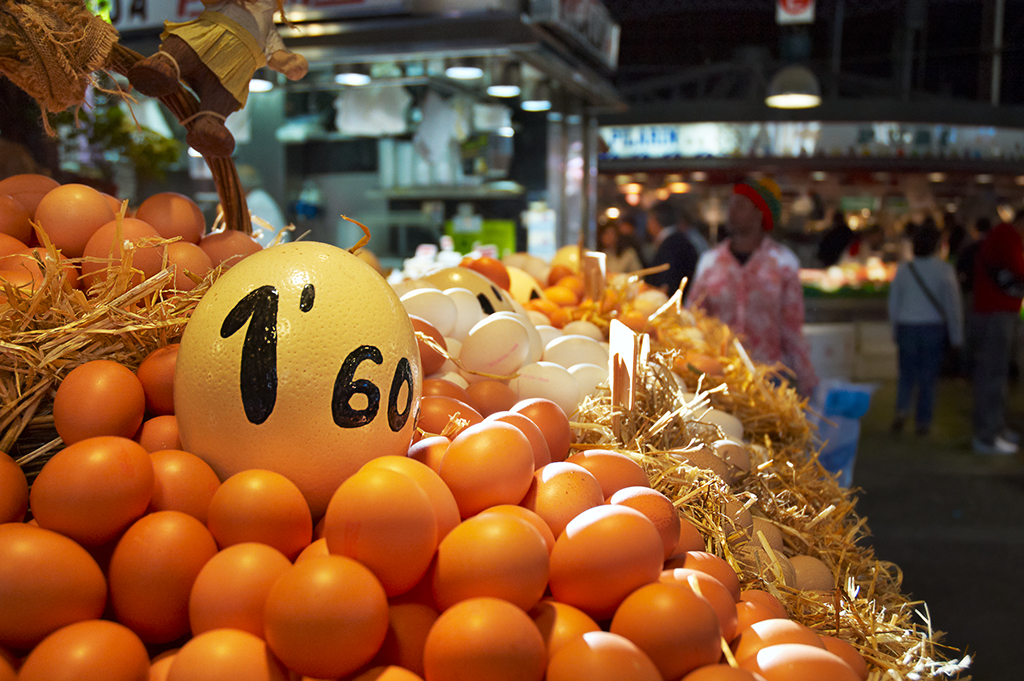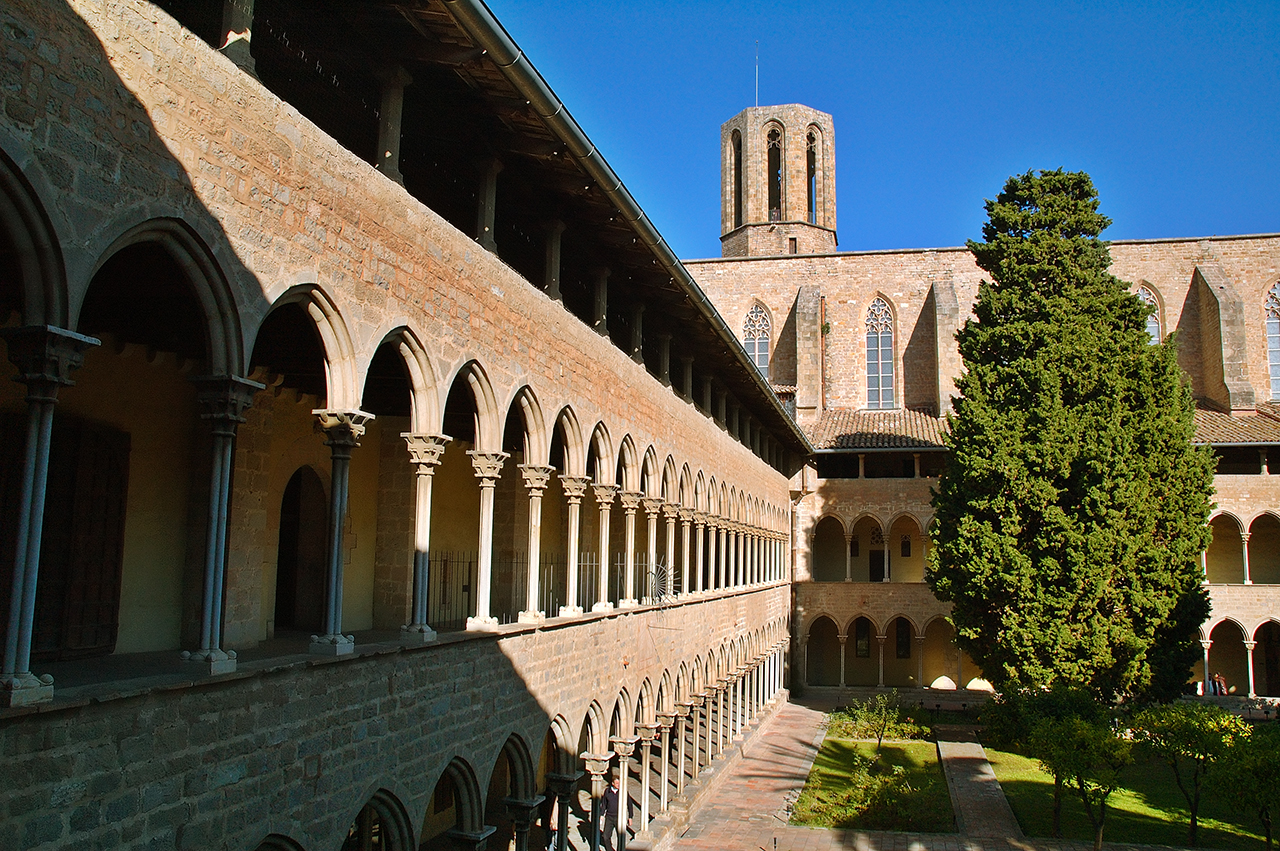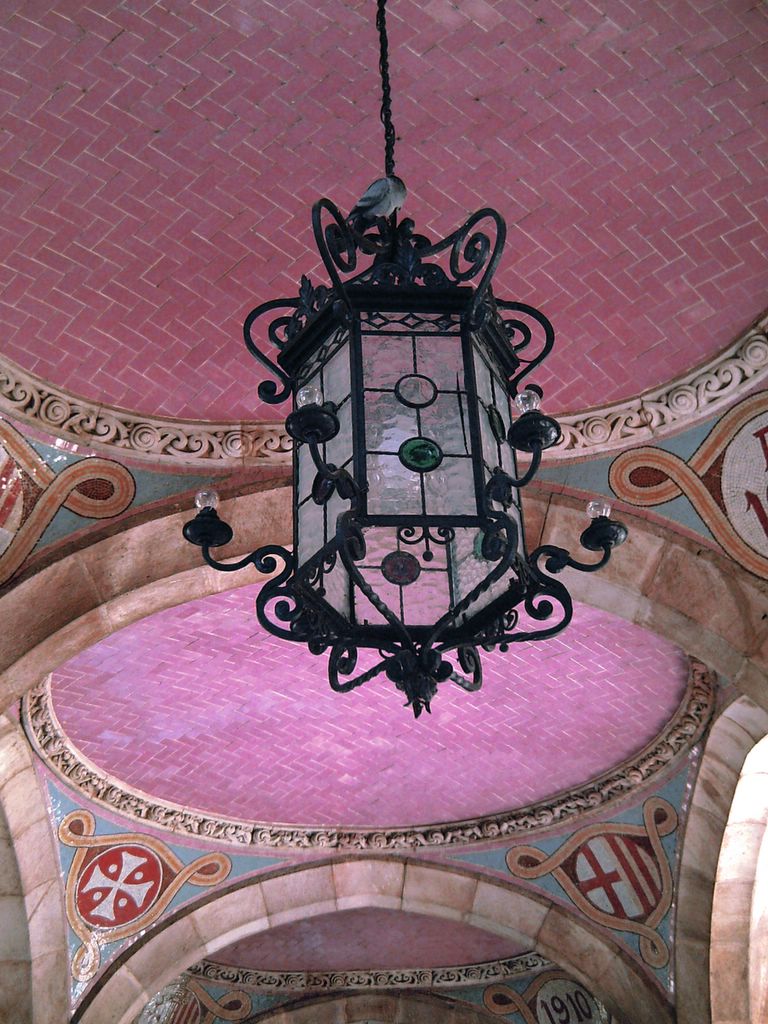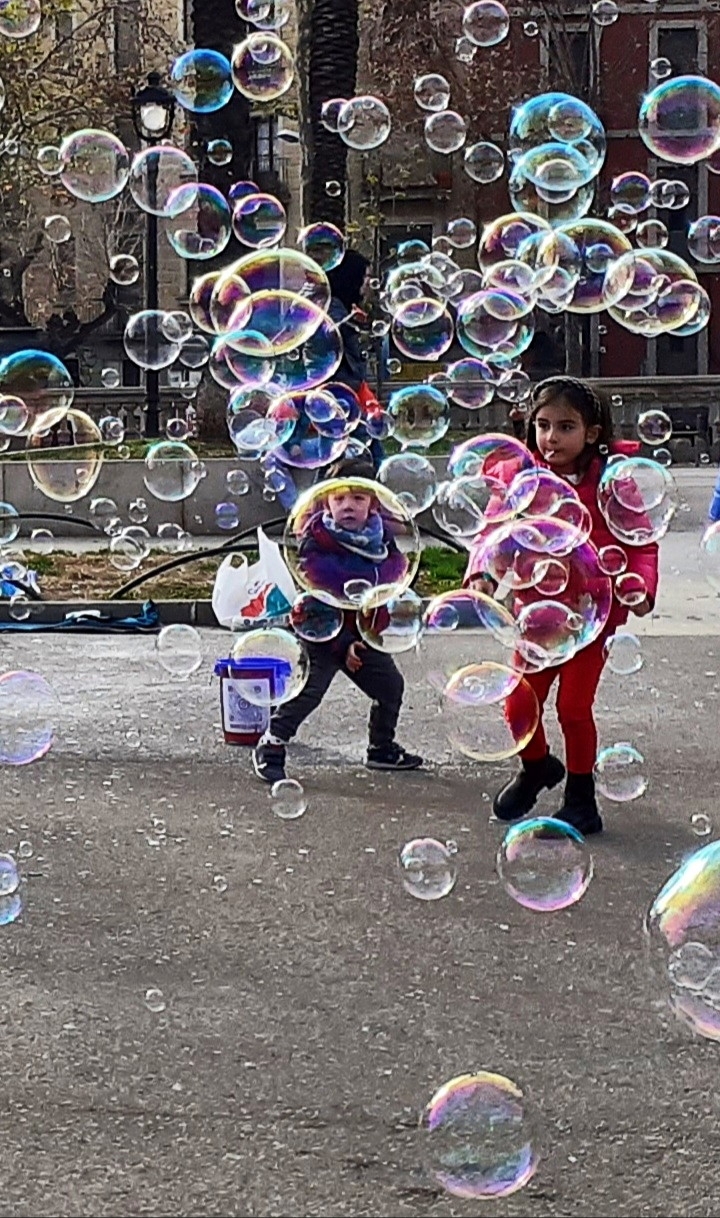Barcelona is world-renowned for its diverse and stunning architecture, from medieval Gothic cathedrals to colorful Modernisme buildings designed by famous architect Antoni Gaudí. Capturing Barcelona's architectural variety in compelling photographs requires paying close attention to lighting, composition, angles and perspective.
This comprehensive guide provides pro tips to help photographers master capturing standout pictures of Barcelona's architectural treasures that highlight their unique beauty.
Choose the Right Photography Gear
Having the proper digital SLR or mirrorless camera equipment is essential for quality architectural photography in Barcelona. Use a camera that allows interchangeable lenses and has high 20+ megapixel resolution for large prints of your Barcelona architecture photos.
Bring wide-angle and telephoto zoom lenses like a 16-35mm and 70-200mm to capture both full building facades and fine architectural details. A tilt-shift lens can eliminate distortion when shooting photos of tall iconic structures like cathedral spires or Gaudi's Sagrada Familia.
And don’t forget a sturdy tripod and remote shutter release! Together this photography gear allows flexibility in framing shots from any vantage point.
Scout the Best Locations and Times
Research famous Barcelona buildings and architectural landmarks you want to photograph. Plan when to visit each location by noting the sunrise, sunset, and daylight hours that cast the most appealing shadows or reflections on the architecture.
For night architectural photography, buildings tend to look stunning during the “blue hour” twilight period. Visit locations ahead of your Barcelona architecture photoshoot to scout the best angles and foreground elements like fountains or gardens to incorporate.
Architectural walking tours of the Gothic Quarter and Modernisme Route can help you discover lesser-known photogenic architectural spots beyond the major landmarks. Barcelona’s mixture of old and new structures situated close together provides nearly endless options.
Compose Shots Creatively
When composing your Barcelona architecture photos, look for intriguing symmetry, patterns, textures, and visual balance within the buildings. Frame key architectural details like ironwork, stained glass windows, entryways, columns, and staircases.
Shoot upward for a dramatic perspective of towering cathedral facades in the Gothic Quarter. Or head inside one of Gaudi's buildings to photograph the surreal ornamental design flourishes.
For wide exterior shots, position yourself so other elements like trees or fountains appear in the foreground to add depth. Don’t just take standard full-building shots—capture close-ups, tight spaces, and side-angles for more visual impact.
Focus on Capturing Optimal Lighting
Watch how the direction and quality of lighting transforms building textures, shapes and colors throughout the day. Low morning and evening sunlight produces extended shadows that accentuate architectural contours. Strong midday sun can saturate colorful building facades in vivid hues.
Overcast skies softly diffuse light to reduce shadows and evenly illuminate architectural details. Try using slow shutter speeds to blur the motion of clouds and traffic to highlight stationary buildings.
When shooting interiors of landmarks like the Palau de la Música Catalana, use HDR techniques to balance dim and bright areas. Lighting is absolutely key for conveying a structure's unique atmosphere.
Master Perspective and Distortion Techniques
Shooting straight upward at monumental buildings like the Sagrada Familia can cause distorting effects like converging verticals. To minimize this, photograph from a distance using a slightly elevated viewpoint. Try framing the cathedral through trees or arches to add perspective.
Tilt-shift lenses can also reduce distortion when photographing iconic Barcelona architecture. When shooting interiors, keep your camera angle horizontal to vertical lines to maintain proper perspective. Minding perspective brings out a building’s true proportions.
Include Human Elements
Although Barcelona's architecture takes center stage, people add scale and interest to architectural photography. Capture passersby naturally interacting with buildings to showcase their public functions and history.
For popular tourist sites, arrive early to take crowd-free shots before opening hours. Or use long exposures to make crowds disappear into blurs. When including people, pay close attention to composition so they don’t dominate or detract from the architecture itself.
Edit and Enhance Photos
Post-processing polishes your Barcelona architecture photos into refined final products ready for your photography portfolio website. Carefully adjust tone, temperature, clarity, vibrance and other key settings until the image closely matches the actual building.
Correct minor lens distortion and perspective flaws. Enhance details lost in shadows or highlights using advanced techniques like HDR. Convert colorful shots to classic black-and-white for timeless architectural appeal.
However, avoid overediting that diminishes the architectural authenticity. Subtle enhancements make already great architectural shots shine.
Focus on Barcelona's Famous Architectural Styles
Capturing Barcelona's Romanesque and Gothic Architecture
Barcelona’s medieval Gothic Quarter provides intricate architectural details on 13th to 15th century cathedrals, palaces and mansions. The 14th century Santa Maria del Mar basilica exemplifies Catalan Gothic design with soaring vaults, stained glass windows and gargoyles.
Use wide angle lenses to capture the entirety of massive exterior cathedral facades, along with surrounding plazas and structures. Telephoto lenses isolate sculptural accents like stone carvings and ironwork. Morning and evening offer appealing exterior Gothic Quarter lighting.
Interiors of the Gothic cathedrals are much dimmer, so use tripods and slow shutter speeds to evenly balance interior lighting.
Photographing Gaudí’s Surreal Modernisme Architecture
Modernisme architect Antoni Gaudí’s fantastical Barcelona buildings are artistic centerpieces. For Gaudí’s most famous work, the still-unfinished Sagrada Familia, morning sunlight spotlights the dizzying sculptural detail on the Passion and Nativity facades.
Contrast the daytime busyness against the stillness of night shots sans crowds. Telephoto lenses compress perspectives when photographing the towering 18 spires.
Park Güell’s colorful mosaics shine under direct midday sun. The undulating ceramic-encrusted bench surrounding the Monumental Zone creates a whimsical abstract composition. At the Casa Batlló and La Pedrera, shoot tight abstracts of the surreal chimneys and warped ironwork.
Gaudí's dreamlike organic forms reward photographers who explore every possible angle.
Photogenic Contemporary Architecture
Beyond Barcelona's old landmarks, newer architectural icons include Jean Nouvel’s luminous Torre Agbar, Calatrava’s communications tower on Montjuïc, and Ricardo Bofill’s postmodern Walden 7 apartments.
Capture the Torre Agbar’s color-changing LED lights during the evening for vivid reflections in surrounding glass towers. The soaring steel and glass communications tower looks impressive photographed head-on or from low angles.
Shoot Walden 7’s honeycomb of cubist apartments from a distance to emphasize geometric patterns and repetitions. Barcelona’s contemporary building designs offer bold shapes and eye-catching architectural details to photograph.
Telling Barcelona's History Through Architecture Photography
Photographing Barcelona's architectural changes over centuries of history reveals shifting aesthetics and cultural influences. The orderly gridlike streets of the ancient Roman settlement Barcino establish Barcelona’s original urban plan.
Striking Gothic basilicas represent medieval power and religion. Gaudí's organic Modernisme architecture ties to 19th century Catalan identity and Art Nouveau style.
Photographing Barcelona architecture across eras illustrates how buildings reflect changing societal values over time.
Besides all of the above here are:10 Tips for Capturing Unique Perspectives of Barcelona's Architecture
Barcelona's architecture offers endless possibilities for unique photographic perspectives. Here are 10 tips to capture the city's buildings from refreshing new angles:
- Shoot upward from ground level for dramatic angles of tall facades and spires.
- Get elevation - Photograph from high vantage points like rooftop terraces or Montjuïc for cityscapes.
- Try a fisheye lens to exaggerate curves and angles.
- Reflections - Use windows, water and modern facades as reflective surfaces.
- Details - Abstract architectural elements like textures, patterns, and shadows.
- Interior architecture - Concert halls, apartments, iconic ceiling details.
- Creative framing - Use tunnels, arches, trees to frame subjects uniquely.
- Juxtaposition - Contrast old and new architecture in one frame.
- Symmetry - Photograph head on for graphic symmetrical compositions.
- People - Capture authentic interactions and activities around buildings.
Applying even a couple of these tips when photographing Barcelona's landmarks will lend a fresh perspective to your images.
Another aspect to bear in mind is:Mastering Lighting for Barcelona Architecture Photography
Lighting transforms Barcelona's buildings. Follow these tips to master capturing optimal architectural lighting:
- Golden hour - Sunrise/sunset warm light brings out textures.
- Blue hour - Twilight moments when buildings are colorfully illuminated.
- Overcast/rain - Flat, even lighting great for details.
- Direct sun - Bold shadows and saturated colors.
- HDR - Balances bright and dark areas of high-contrast scenes.
- Long exposures - Blur clouds/people, smooth water surfaces.
- Mixed lighting - Interior and exterior light together create mood.
- Artificial light - Nightscapes, concerts halls lit dramatically.
- Backlighting - Rim/silhouette buildings for bold outlines.
- Reflections - Glass towers, water and more reflect light beautifully.
Photographing in different types of light will reveal Barcelona's architecture in varied and stunning ways.
Composition is another vital part of good architecture photography:How to Compose Eye-Catching Barcelona Architecture Photos
Strong composition elevates architectural photography. Use these tips when framing Barcelona's buildings:
- Rule of thirds - Place subject off-center for balance.
- Leading lines - Guide the eye through the frame.
- Viewpoint height - Shoot from above, below, or straight on.
- Symmetry - Front and center compositions are visually striking.
- Patterns and shapes - Repetition creates graphical interest.
- Foreground interest - Gardens, sculptures, water features add depth.
- Negative space - Blank areas like walls direct focus onto main subject.
- Framing - Use arches, tunnels, trees, etc to frame creatively.
- Cropping - Get close, crop out context for abstract architectural shots.
- Perspective - Correct or accentuate the angles and distortion.
Applying compositional techniques will take your Barcelona architecture photography to the next level.
If you want examples of the best hallmarks to practice your architecture photography consider the following:How to Photograph Barcelona's Most Famous Architectural Landmarks
La Sagrada Familia
Gaudi's awe-inspiring basilica comes alive in different lighting. Capture the dizzying details on the Passion Facade in morning sun. At blue hour, the illuminated spires and Nativity Facade create magical images. Shoot upward for grand perspectives of the soaring spires and ceiling. Compose using framing elements like archways or trees outside. Try creative angles from the surrounding parks.
Casa Batlló
The facade's uneven ceramic tiles in earth tones create intriguing abstract patterns. Shoot straight on for colorful symmetrical images. Photograph the smooth rounded balcony railings at night when illuminated. Inside, spiraling staircases make for strong composition. Details like the skeletal attic roof, chimneys and window frames also stand out when photographed closely.
Casa Milà
The undulating stone facade resembles waves - shoot low angles to accentuate the effect. Capture repeating arches and windows straight on for graphical images. The rooftop chimneys are one of Barcelona's most photographed details - shoot at blue hour or use them as frames in daytime shots. The interior lightwell's plant-like pillars and ceiling light effects create dramatic architectural shots.
Park Güell
The colorful mosaics along winding walkways generate beautifully abstract and symmetrical compositions. Capture the famous dragon backed bench with musicians from different angles and in varied lighting. Shoot downward from atop the Monumental Zone framing the city in the distance. Details like tile patterns, columns and fountains are photogenic. Time your shoot for sunset when warm light saturates the architecture.
Palau Güell
Shoot exteriors with the fruited chimneys and wrought iron elements contrasted against blue sky for an impressive image. Inside, the hyperbolic paraboloid archways make strong repetitive patterns. Unique details to capture include the intricate wood ceilings and the underground stables area with mushroom-like brick columns.
Palau de la Música Catalana
The kaleidoscopic stained-glass skylight is a stunning subject when shot upward. Details like the floral capitals, elaborate lamp fixtures and ornate carving offer beautiful closeup compositions. On stage, the sweeping horseshoe-shaped rows of seating lead the eye. Time interior shoots during a daytime concert for atmospheric architectural images bathed in natural light.
Once you have your beautiful images it is time for some edition:Editing Tips for Enhancing Your Barcelona Architecture Photos
Post-processing can take your architectural images to the next level. Try these edits:
- Adjust white balance for color accuracy.
- Fix lens distortion issues.
- Correct perspective and vertical lines.
- Enhance details in shadows/highlights.
- Saturation - Boost vividness of Gaudí buildings' colors.
- Dodge and burn for balanced exposure throughout.
- Add vignette to focus attention on subject.
- Black and white conversion for timeless images.
- HDR for high contrast scenes.
- Creative cropping for unique compositions.
Subtle editing elevates photos without looking artificial. Handle adjustments with care to represent Barcelona's architecture authentically.
If you want examples of beautiful areas to walk around looking for nice architecture, take a look at:Top Photography Spots for Barcelona's Best Architecture
The Gothic Quarter
This medieval labyrinth of narrow streets contains the Cathedral, Santa Maria del Mar church, Palau de la Generalitat and other ornate Gothic buildings. Capture maze-like shots of the stone architecture along atmospheric alleys.
Passeig de Gràcia
The most elegant buildings and two of Gaudi's masterpieces - Casa Batlló and Casa Milà - line this beautiful boulevard. Photograph Modernisme and other striking facades from the median or framed by palm trees.
Montjuïc
The hilltop provides elevated cityscape vantage points. Photograph the MNAC museum, Magic Fountain lightshow, Mies van der Rohe Pavilion and more from scenic overlooks.
Eixample
The grid-like streets contain many Modernisme apartment buildings with ornate facades. Unique repetitive patterns and details emerge when photographing rows of the structures.
Parc Güell
Gaudi's mosaic park offers colorful architectural elements to photograph like the main terrace, pavilions, colonnades, sculptural elements, serpentine benches.
In Summary
Photographing Barcelona’s diverse architecture requires understanding how to utilize angles, light and composition for maximum visual impact. Unique photographic details emerge at different times and from unexpected viewpoints. Beyond major monuments, lesser-known architectural gems also color Barcelona's streets.
Looking at buildings through an artistic eye transforms structures into emotionally captivating photographic works of art. Patiently exploring Barcelona’s architectural environment yields images that tell rich visual stories about this historic city. With these pro tips, your Barcelona architecture photos will capture the vibrant architectural spirit of this world-class city.


